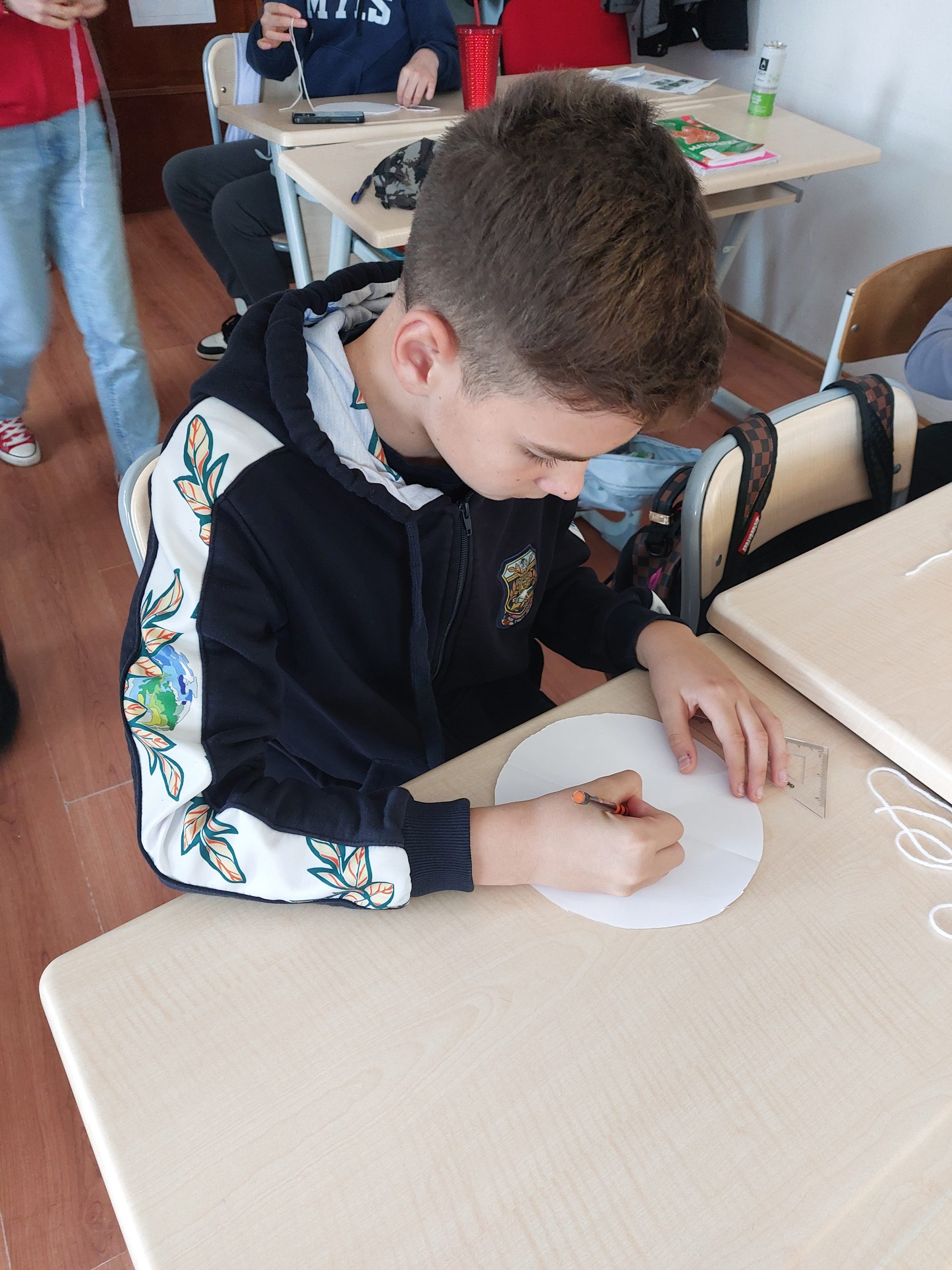International Pi Day is celebrated every year on the 14th of March (3/14), since 3, 1 and 4 are the first three and most significant figures of this highly praised mathematical constant (π = 3.14). Inaugurated by Larry Shaw – an employee of San Francisco science museum, The Exploratorium – in 1988, ever since its first time of celebration, this day was marked by a series of entertaining and interactive activities dedicated to the number “π”, such as people gathering around and eating pie or holding some sort of Pi recitation contests where, through the means of spoken words, people would memorize as many digits as possible from the number “π”, the length of each word in letters corresponding with an actual digit.
Pi (π) is the ratio of a circle’s circumference to its diameter. The diameter of a circle is the distance from edge to edge measured through the center, and the circumference is the distance around the circle. After a lot of measuring experiments that have been conducted throughout human history, it has always been determined that a circle is a little more than three times its width around. This information is expressed by the number Pi (π), having an approximate value of 3.14. And because Pi is a constant number, it will always be 3.14 for any circle of any size.
But why would we feel the need to celebrate a mathematical constant, one might ask?
For thousands of years, π has interested the minds of mathematicians, physicists and scientists from all over the world. Historic personalities, such as Fibonacci, Newton, Leibniz, Gauss and Archimedes, struggled to calculate its digits, and then applied π in many areas of mathematics. Being more than just an element inside a geometry formula, we may discover Pi to be of practical use almost everywhere around us. For if we went beyond the simple mathematical theories related to a curve, a circle or a sphere, we would find this number to be embedded in the fundamental patterns that shape our own universe. And since the motion of the universe is mostly expressed in curves – celestial bodies creating orbits, waves and rhythms in their characteristic rotation and revolution dynamics – each and everyone of those expressions can be represented by a circle, an alteration of a circle or even a combination of the two. Knowing that Pi (π) is the ratio of a circle’s circumference to its diameter, we can firmly state that π, as a mathematical constant, is ingrained in the fundamental layout of existence.
We may also discover the implications of Pi even in the natural world of our planet, for example in the spiral of our DNA, or in the pupil of the eye; whenever we throw a rock in a lake and then concentric circles crop up and start travelling outwards from the origin of the splash, or in the spiral of a snail shell; in the curve formed by a river’s flow, in the circumference of a tree trunk, in sound waves etc.
As it turns out, Pi goes beyond theoretical mathematics, having a deep implication in the reflection the Microcosm has in the Macrocosm, and which governs universal life. For we as beings, and nature itself, are interconnected with the outer space, with the structure farther away from our day-to-day perception, however drawing the cosmic architecture that makes way for life to grow.
That is why people decided to honor in celebration this mathematical constant, because it’s been proven repeatedly throughout human existence that life partly owes its being to this essential element – denominated as Pi (π) – that is comprised in nature’s universal design. Pi stands as a symbol of life’s circular nature.
On the 14th of March 2024, Mark Twain International School organized an event dedicated to this number and its strong connection to the equilibrium of existence. Taking place in the Secondary Campus, World Pi Day brought together IB Diploma Programme and IB MYP students in an exciting cross-programme marathon of super fun and challenging activities held in the name of Pi’s universal significance, as well as its mathematical application on paper and in our day-to-day life.
We would like to congratulate everybody for participating in such great numbers and for daring to engage in a wonderful and revealing learning experience about the universe, for wanting to understand more and get closer to life’s great mysteries, for willing to expand your knowledge and discover beyond plain evidence or what it has already been stated as evidence of time that’s passed.
Florin Ionescu
Advancement Officer
Mark Twain International School
Bibliography
- https://news.web.baylor.edu/news/story/2024/magic-and-mystery-p-pi#:~:text=More%20than%20just%20a%20geometry,of%20DNA%2C%20Pi%20is%20involved.
- https://www.linkedin.com/pulse/embracing-infinite-significance-pi-life-business-world-dale-r-wilson-aqfme#:~:text=Beyond%20its%20mathematical%20definition%2C%20Pi,patterns%20that%20govern%20our%20universe.
- https://en.wikipedia.org/wiki/Pi_Day
- https://en.wikipedia.org/wiki/Piphilology
- https://www.forbes.com/sites/luisromero/2023/03/14/slice-of-life-celebrating-pi-day-and-the-mathematical-constant-that-shapes-our-universe/#:~:text=Every%20one%20of%20those%20expressions,where%20its%20importance%20comes%20from.
- https://www.cummins.com/news/2020/03/11/what-number-pi-and-why-it-so-important
- https://www.varsitytutors.com/middle_school_earth_and_space_science-help/describe-the-motion-of-objects-in-the-universe#:~:text=The%20answer%20is%20%22objects%20in,space%20also%20spin%20in%20place.
- https://www.esa.int/Science_Exploration/Human_and_Robotic_Exploration/Research/Keeping_the_rhythm_in_space

